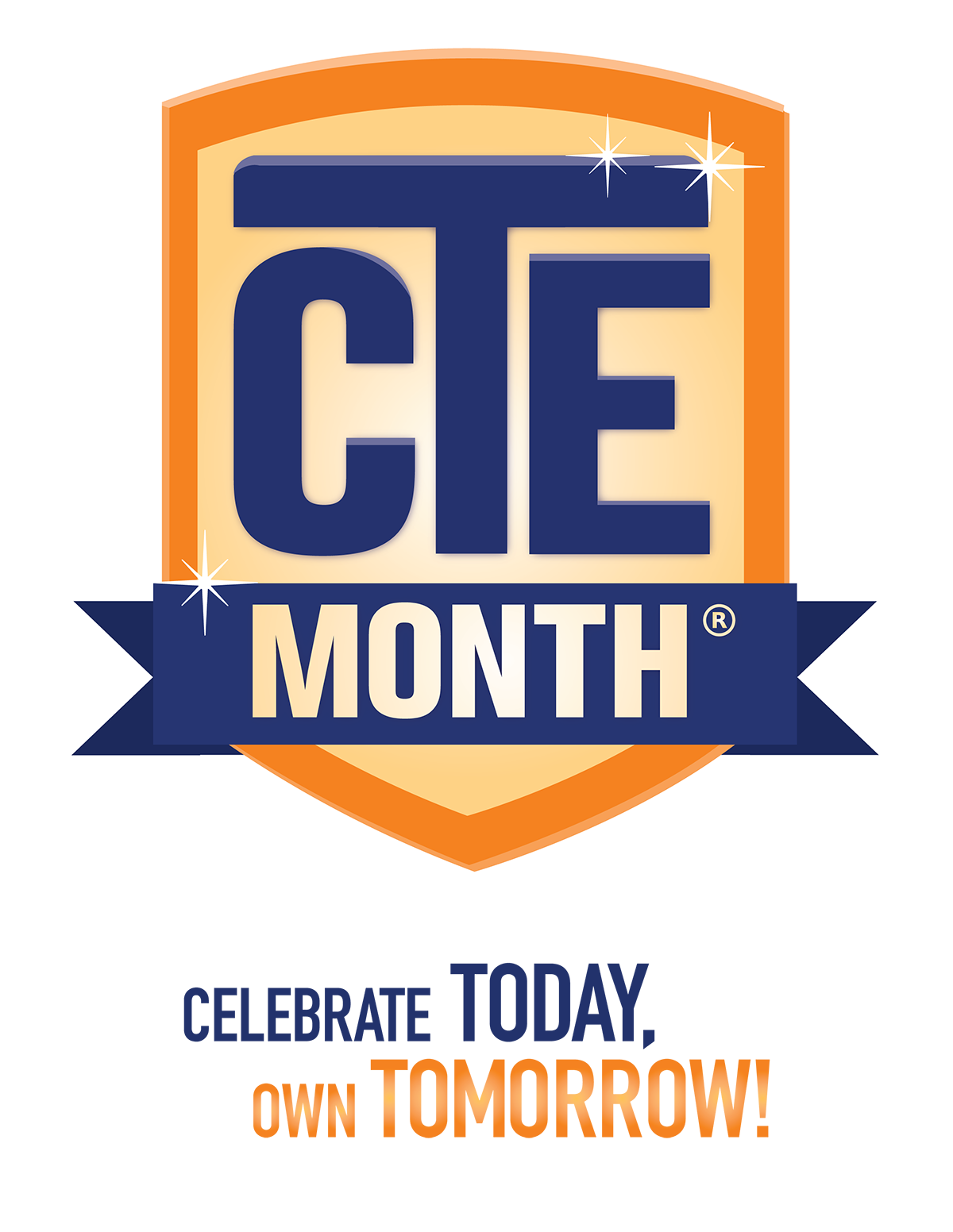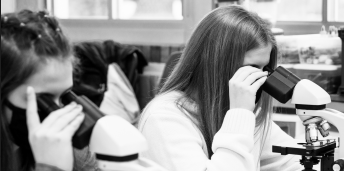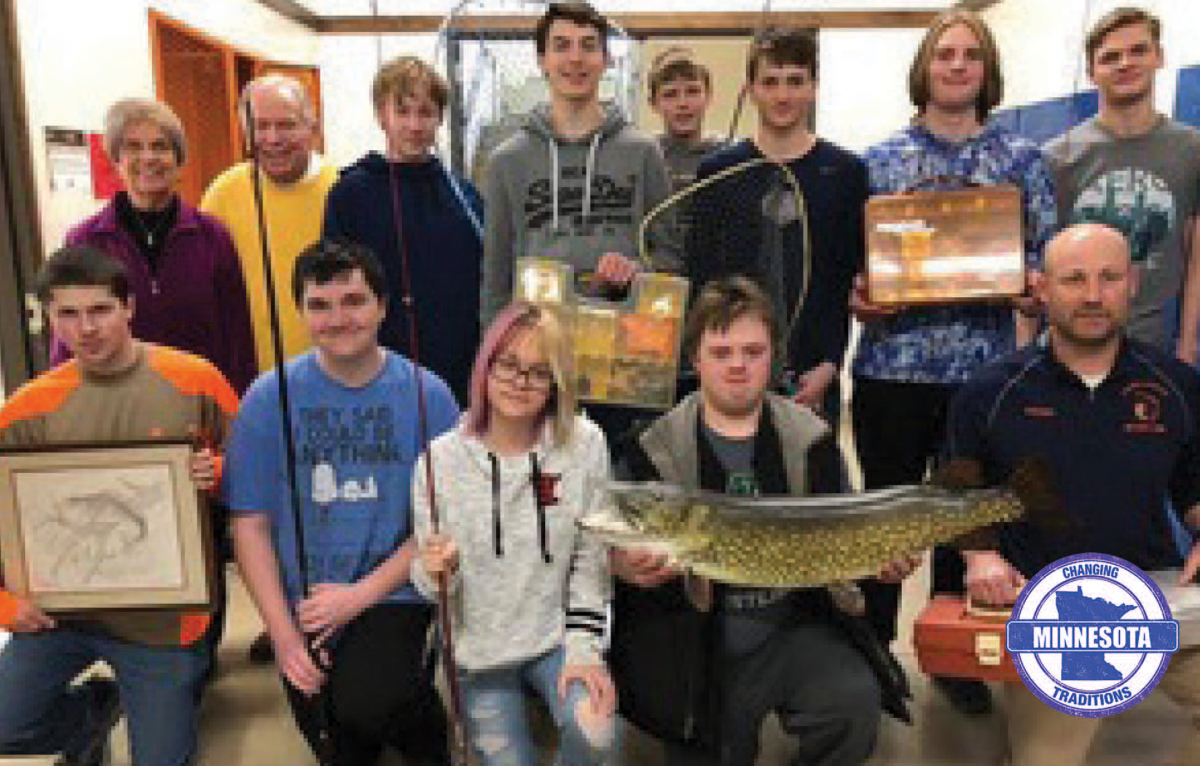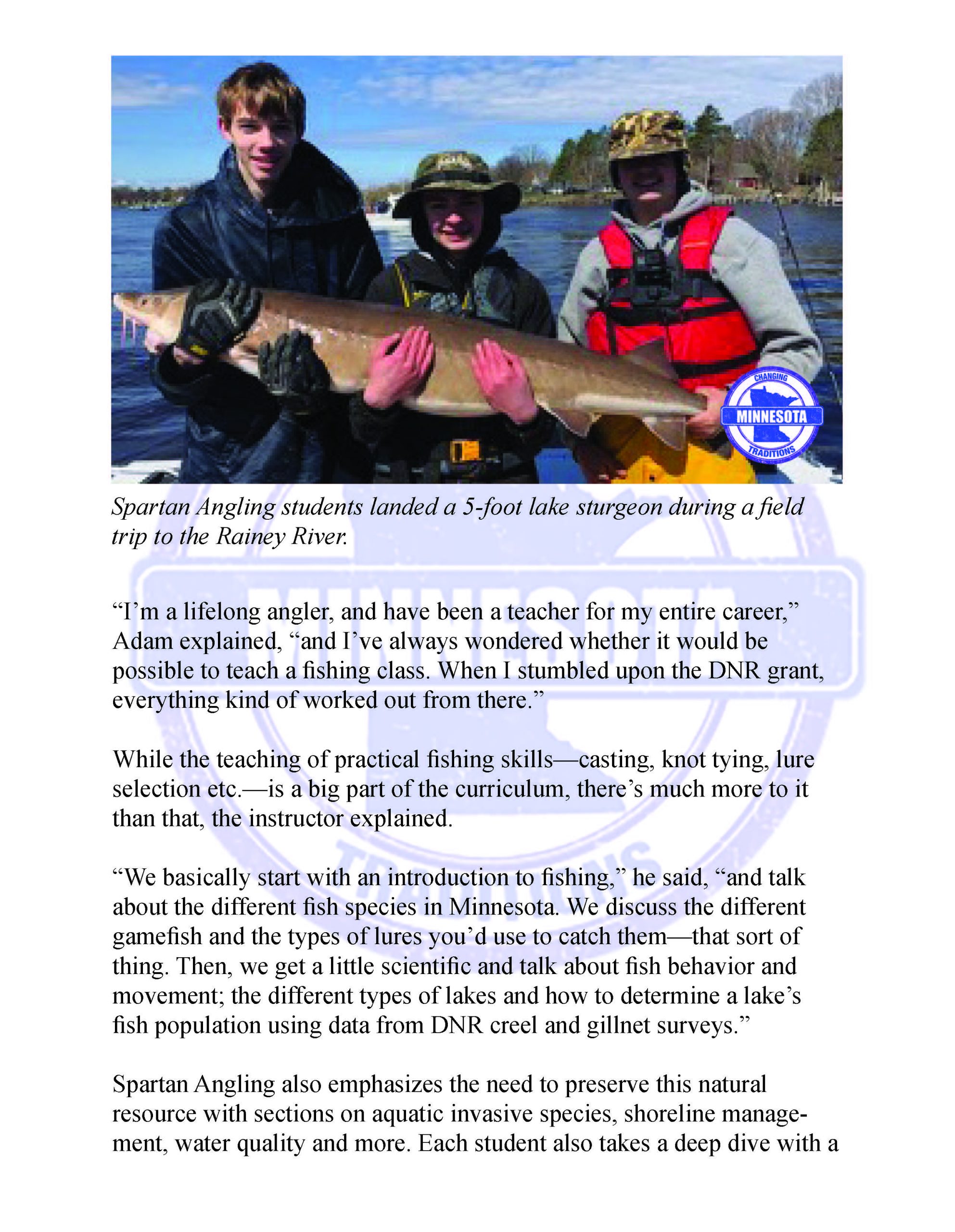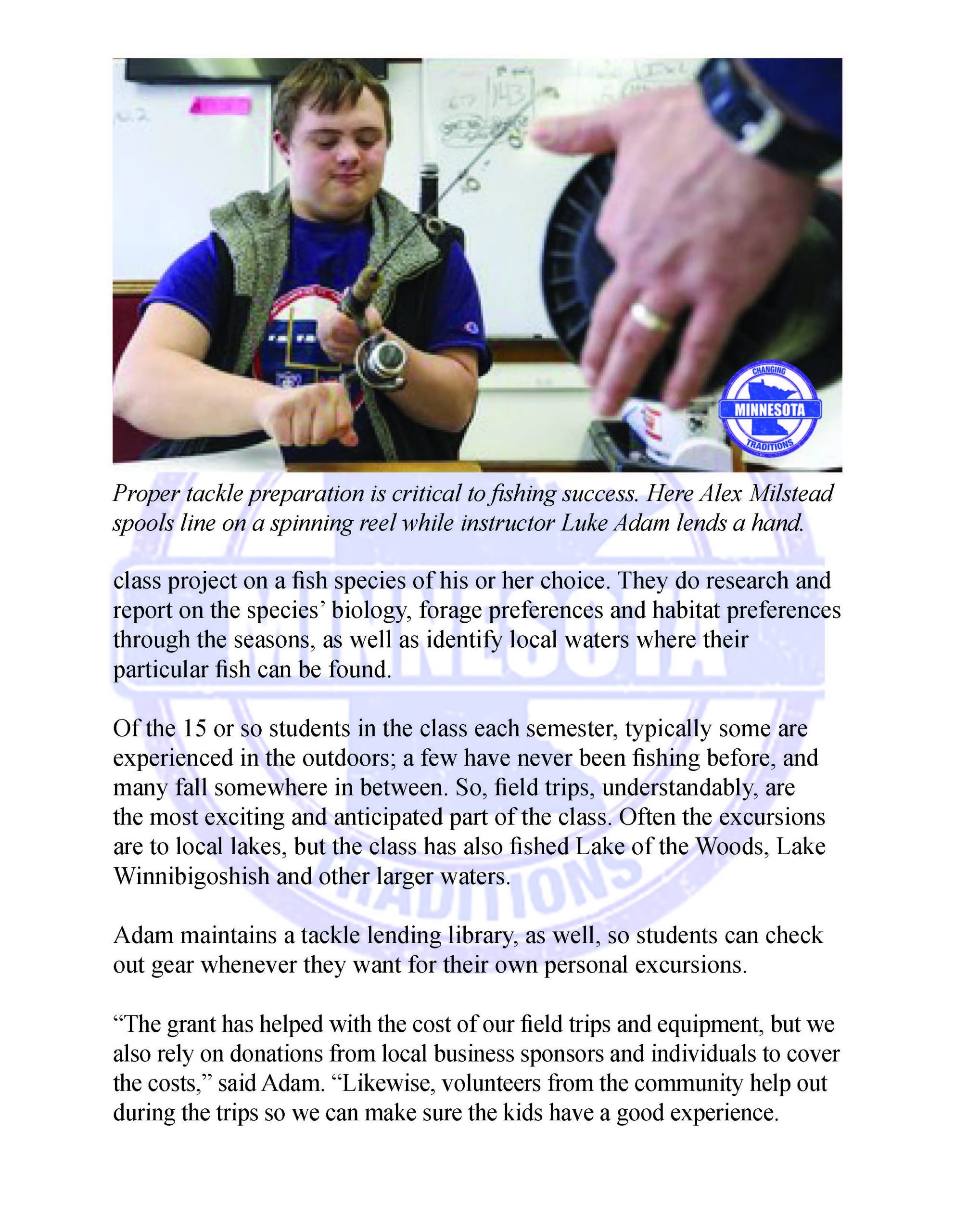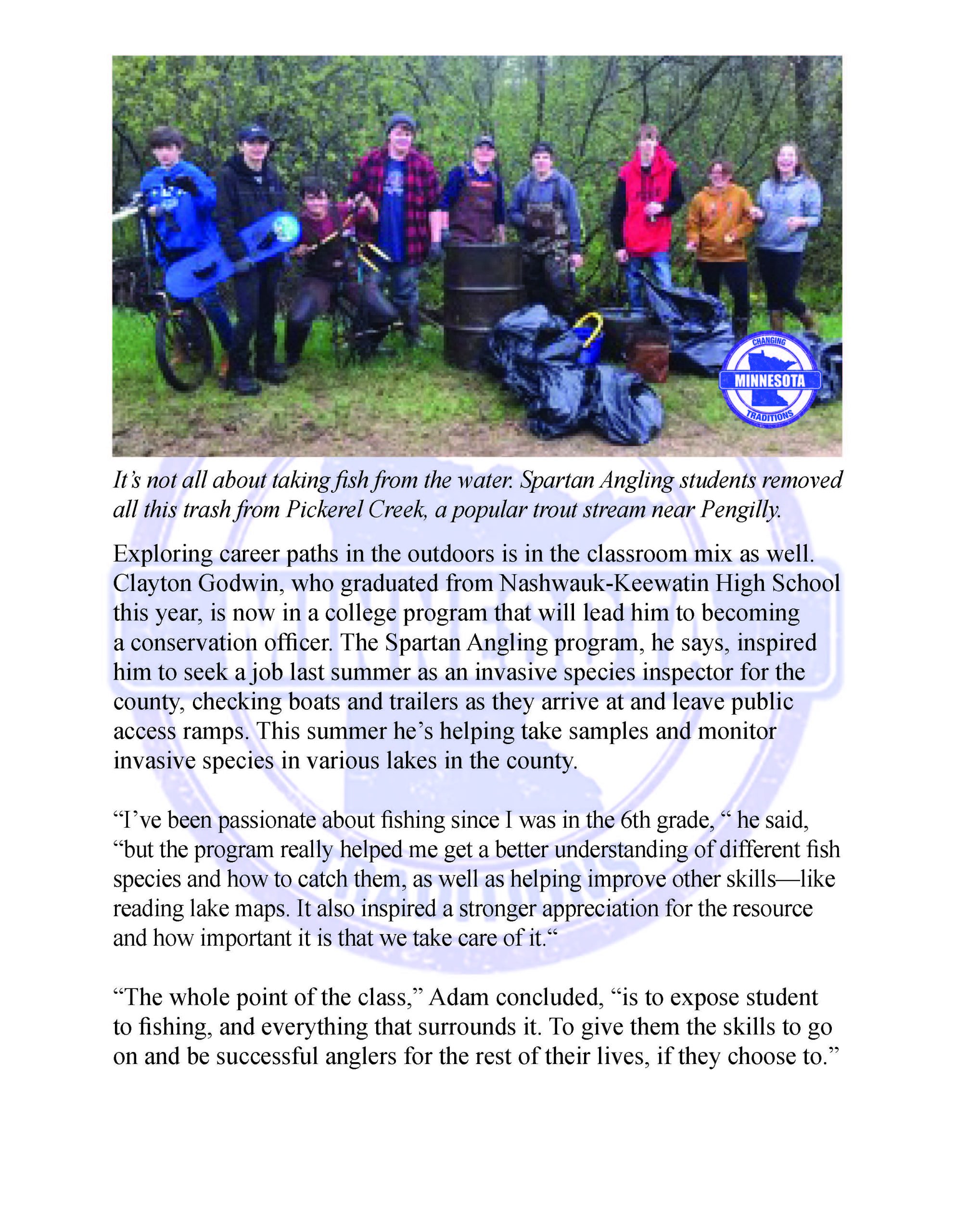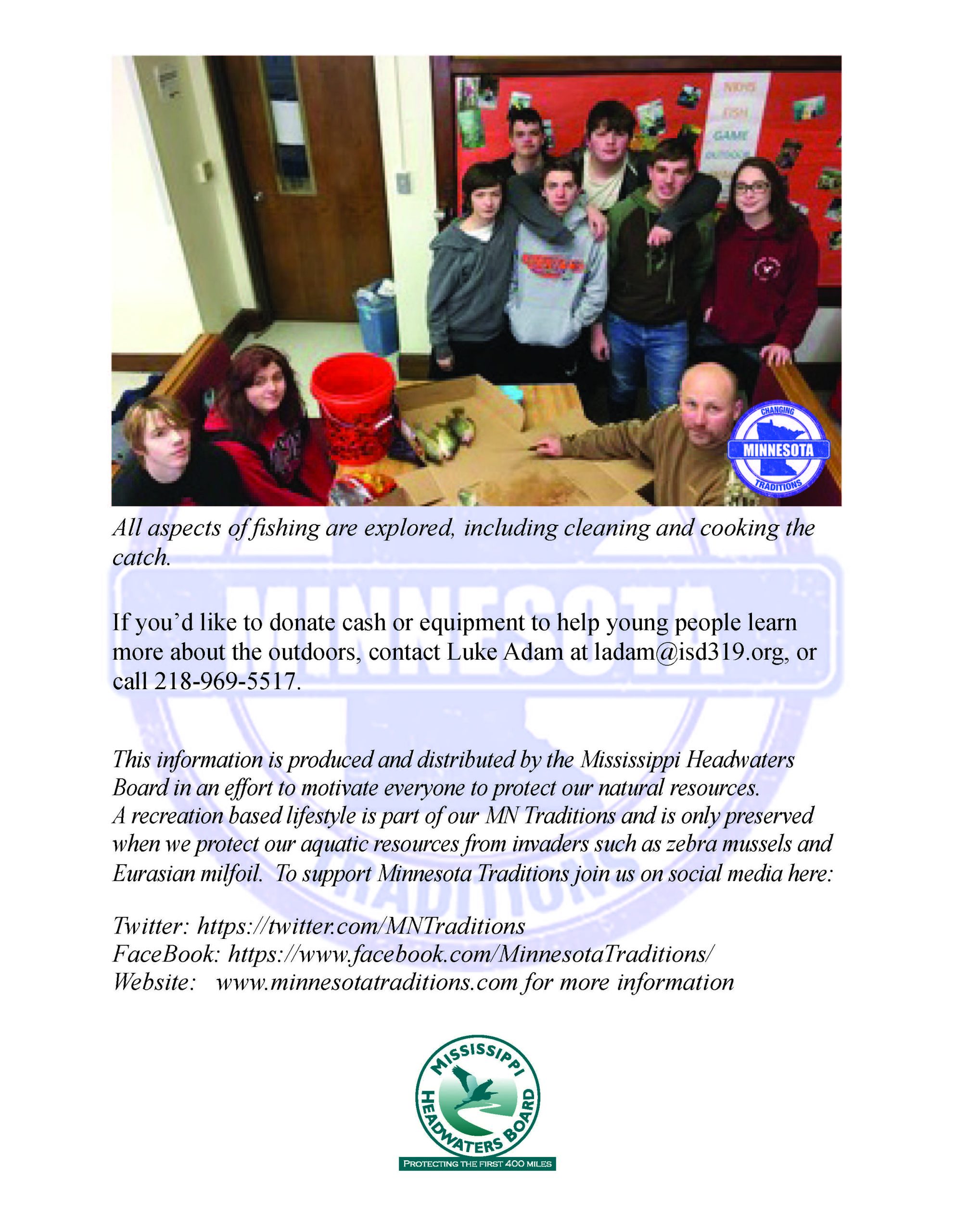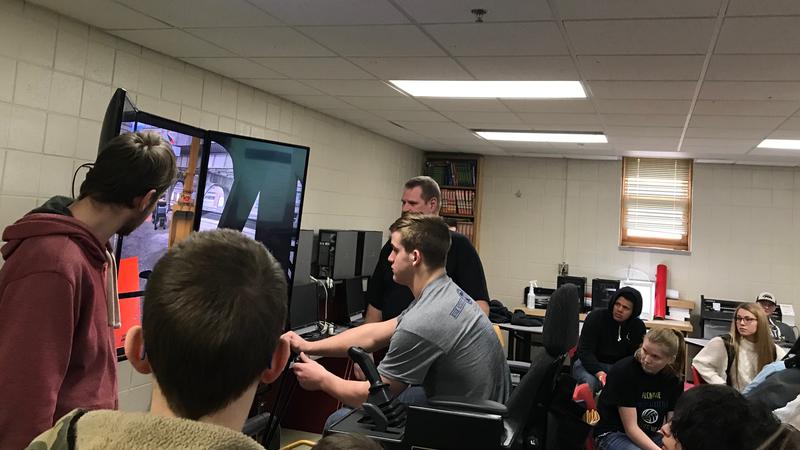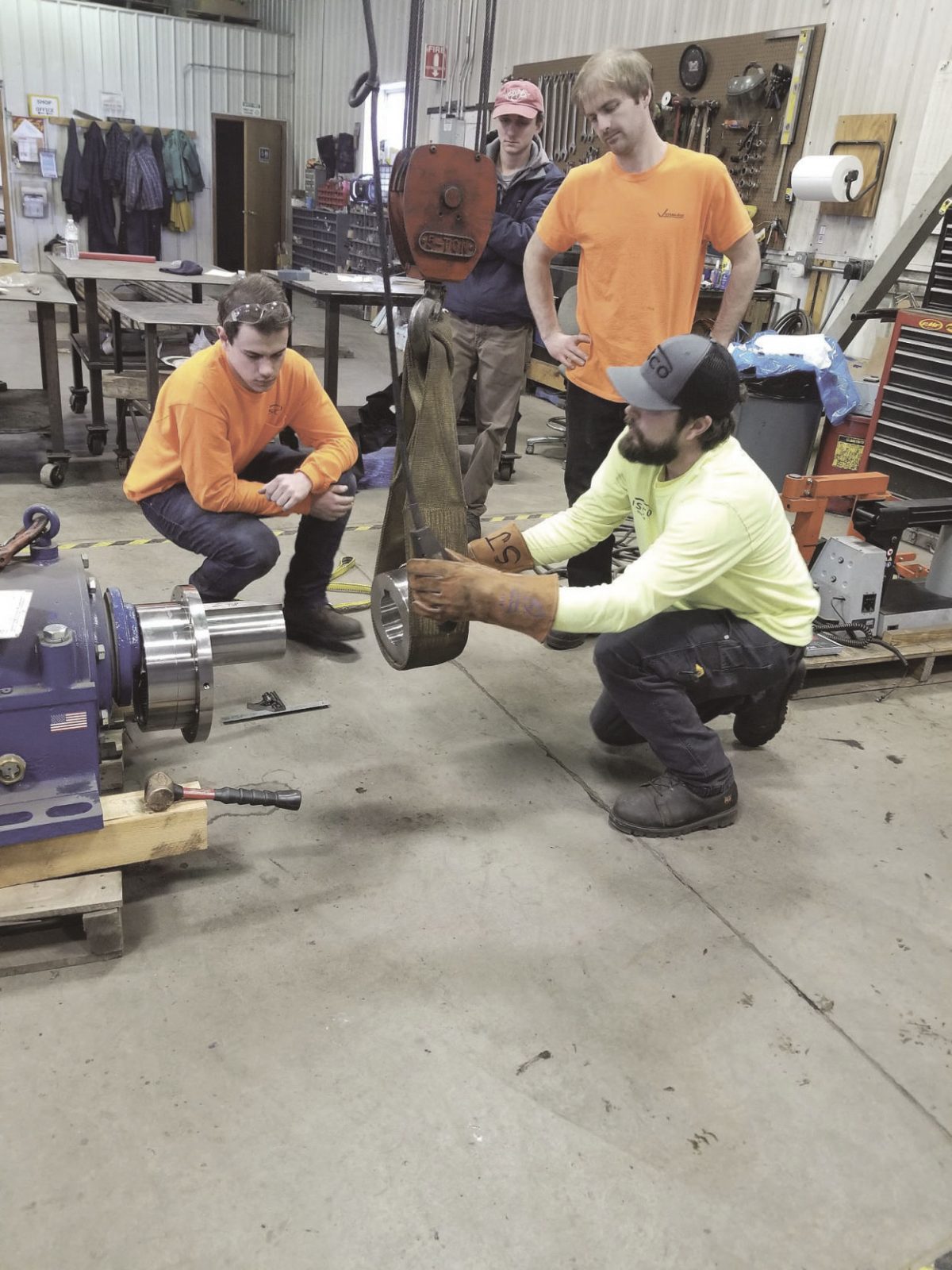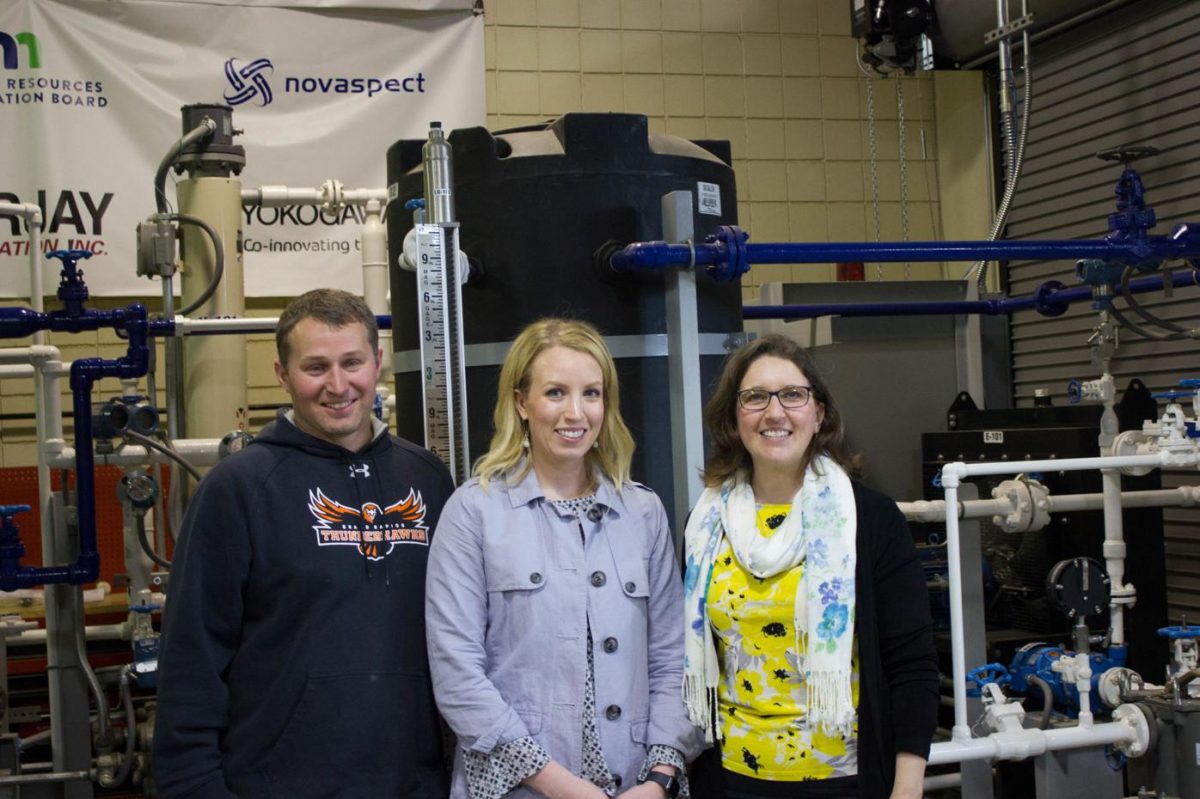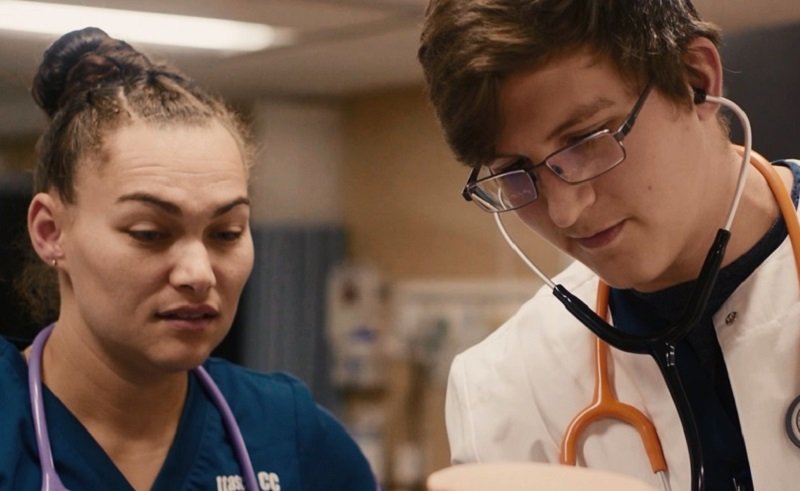Via Grand Rapids Herald Review
Members of the Independent School District (ISD) 318 School Board heard an update on the IASC Career Pathways program during a regular meeting on Monday, May 20. The presentation was provided by Claire Peterlin, Coordinator for the Career Pathways Team, who discussed the past, present and future of the program.
“We have been working together across three districts to build career pathways around manufacturing and healthcare for students, all with the idea of building collaborative experiences that let students build their own identity around a career field,” explained Peterlin on Monday.
The program began with manufacturing and healthcare “because there was a huge need for those fields within our region,” she continued.
“We hear from businesses all the time that there’s a need for employees to fill these positions, and we hear from students that there are no opportunities here to work, and we want to address that misperception through this work and let students know that this is a great place to live and work, and to let businesses know that there is room in our schools for them to collaborate,” Peterlin continued.
Career pathways is a buzzword these days, explained Peterlin, who said that it essentially refers to a program of interconnected academic and elective classes revolving around a career or subject theme. It is integrated with experiential learning and close connections between secondary and postsecondary education, training and apprenticeship. The program is designed to support the development of career and life readiness for the learner, so that the individual can successfully enter and advance in a career path.
“Career pathways allow students opportunities to explore career options,” she explained. “We want to offer experiences that will build student’s future professional identity within a career field. We want to prepare students with foundational skills for post secondary or career selection. We want to serve communities as a catalyst for regional workforce development initiatives to address workforce shortages within the region. What better way to start workforce development than in our schools?”
Through the career pathways program, the districts also seek to “provide meaningful connections with higher education and industry partners,” “leverage available resources to increase student opportunities,” and “change regional perceptions of community, workforce, and youth to more positive and optimistic outlooks on possibilities,” Peterlin continued.
Students in the high school career pathways program begin their ninth grade year of high school. The program is three-fold. It is based on a Gateway, Core and Capstone model.
Gateway courses serve as introductory courses that allow students to explore the career options within a field and start building basic skills.
Core courses are then offered for students in grades 10-12. Many of these courses, which have existed for many years in the high schools and even count towards graduation requirements in the core subject areas, are courses that develop the technical skill and knowledge of concepts relevant to that career choice. For example, Medical Terminology is a core course for the healthcare pathway.
The capstone course is the last portion of the pathway for students in grades 11-12. In these courses, students have the opportunity to gain hands-on experiences that offer them a real-world view or industry recognized experience in their career pathway. For healthcare, students can earn their CNA and participate in a college-level Introduction to Health Concepts course taught from Itasca Community College (ICC). For manufacturing, students can travel to and participate in a course at Grand Rapids High School where they will run their own manufacturing business designing and selling products, and senior students can also elect to have a manufacturing internship where they can work with a local business, earn a wage, and receive high school credit, all within the school day schedule.
There’s a lot of talk about career pathways and career academies lately, she continued.
“So what’s our flavor? Our flavor is that we aren’t doing this all in one building or even in one district,” Peterlin explained. “This is multiple districts. Right now it’s been three districts, but the future goal is to grow to include other districts, all working together to expand opportunities for students. This has to be something that all IASC students can access.”
That means offering collaborative, cross-district programming, she explained, resulting in an increase in student career exploration experience options, optional programming to help students prepare for their future, ensuring the program is data driven (addressing workforce needs of the region), has innovative program delivery, and is a whole community effort.
In 2016, an Iron Range Resources and Rehabilitation (IRRR) grant was awarded to ISD 316, 318, 319 and ICC. At the time, the grant was for three years, with only two career pathways, manufacturing and healthcare. Current enrollment is 1,160 across the two pathways in the three participating districts.
“What we found is that we were able to do a lot of really great things, so we asked for an extension with the opportunity to expand the scope and include new pathways,” explained Peterlin.
The districts are waiting on final approval. If granted, the IRRR grant will be extended to June 30, 2022 as well as allow for the expansion of the program. They are also seeking additional Blandin Foundation grant assistance for all of IASC inclusion in career pathway programming.
“We want to become the hub for student-centered workforce development efforts within the IASC region,” said Peterlin, who added that work will continue to grow and evolve the project.
In other business, the board:
• Approved the minutes of the May 6 school board meeting and May 13 special meeting.
• Approved April 2019 claims.
• Approved a resolution to accept donations and gifts for January, February and March 2019 totaling $43,185.88.
• Approved the following staff changes: Charish Amundson, custodian resignation; MacKenzie Bodem, teacher resignation; Julia Card, Education Support Professional (ESP) retirement; Lindsay Champion, teacher resignation; Alexa Kellin, ESP resignation; Sheralee Soring, secretary retirement; and Jessica Wilcowski, Community Education replacement hire.
• Approved the recertification of Identified Officials With Authority (IOwA) for Minnesota Department of Education (MDE) secure systems. The MDE requires that school districts annually designate an Identified Official with Authority to comply with the MNIT Enterprise Identity and Access Management Standard which states that all user access rights to Minnesota state systems must be reviewed and recertified at least annually. The IOwA will assign job duties and authorize external user’s access to MDE secure systems for their local education agency. The board approved to authorize Rochelle VanDenHeuvel to act as the IOwA and Julie Rasmussen to act as the IOwA to add and remove names only for Grand Rapids Public School District.
• Accepted the first reading of policy 613 Graduation Requirements.
• Accepted the second reading and adopted policy 799 Post-Issuance Debt Compliance Policy. This is a new policy required by the IRS for new bonds issued.
• Approved an amendment to ISD 318’s accounting and financial procedures manual. As directed by the adoption of the Post-Issuance Debt Compliance Policy, the business manager will perform post-issuance debt compliance procedures for all of the district’s outstanding debt.
• Approved the award of contract for Bigfork fire alarm replacement. On April 26, three contractors were invited to bid and two bids were received for the project. The low quote of $76,926 was submitted by Northstar Cabling & Communications.
The next school board open forum will be held June 3 at 6:30 p.m. in the Administration Building Board Room and via telepresence at the Bigfork School. The next school board regular meeting will follow at 7 p.m.
Following the regular meeting, the board went into closed session to discuss labor negotiation strategies.
